Table of Contents
ToggleSometimes, it’s not what happened that hurts most — it’s what never happened.
Sometimes, the subtlest stories reveal the deepest truths. I remember one such story vividly.
Gaya, a client I had the honor of working with, grew up in a home where “I love you” was spoken often. As often as she saw her parents going about their busy days, they made sure to tell her that they loved her very much. Yet when it came to important moments for Gaya—like her birthdays, being picked up from school, or having her needs truly seen—something essential was missing.
For example, her birthdays were quiet affairs, easily forgotten, brushed aside in the hustle of everyday life. No shared moments. No presence.
As an adult, as her birthday nears, Gaya dreaded without knowing why. She felt sadness she could not explain, loneliness she could not reason through. “My parents loved me,” yet, “Why does it still hurt?” she would say.
Through her healing journey, Gaya discovered a truth many of us carry silently: that words of love without emotional attunement can leave wounds as invisible and as deep as outright harm.
Her nervous system had recorded these moments as a kind of emotional abandonment—a survival memory that shaped her expectations of connection and worth.
Trauma isn’t always born from violence. Sometimes, it grows quietly in the spaces where our hearts were unseen.
If you find yourself resonating with what follows, know this: you are not broken. You are meeting parts of yourself that long to be seen.
What Is Trauma, Really?
Gaya’s experience invites us to explore a deeper truth: Trauma is not what happens to us. Trauma is what happens inside us as a result of what happens.
Two children can live through the same event—a move, a divorce, a car accident—and emerge with vastly different scars. Trauma isn’t about the event itself; it’s about the wound left behind in the mind, body, and nervous system.
At its essence, trauma is a survival memory. It is your nervous system’s way of saying, “Something happened, and I must stay vigilant to stay alive.”
Modern research reveals just how deep these wounds go. Studies show that chronic trauma can physically reshape the brain itself. Prolonged stress can shrink the hippocampus—the region responsible for memory and learning—making it harder to form new memories or regulate emotions. Meanwhile, the amygdala, our brain’s alarm system, becomes hyperactive, forever on the lookout for danger, even when none is present.
How Trauma Is Stored in the Body and Mind
When trauma strikes, it leaves imprints at every level of our being:
- The Amygdala becomes hypervigilant, scanning the environment endlessly for signs of danger.
- The Hippocampus—our brain’s memory librarian—struggles to organize the traumatic memory, leaving fragments instead of coherent stories.
- The Autonomic Nervous System locks into patterns of fight, flight, freeze, or fawn—ready to react at any sign of threat.
Over time, these survival patterns can become our default way of living.
The Seeds of Adult Pain:Adverse Childhood Experiences (ACEs)
The pioneering Adverse Childhood Experiences (ACE) Study showed that certain types of childhood stress leave lasting marks. To name a few:
- Physical, emotional, or sexual abuse
- Physical or emotional neglect
- Household dysfunction (e.g., mental illness, addiction, domestic violence)
Gaya’s experience echoes an often-overlooked ACE: emotional neglect—the absence of being deeply seen, heard, and felt.
And these are only the beginning. Many other unmeasured moments—chronic criticism, emotional invalidation, living in high-pressure homes—can plant similar seeds.
Over time, these seeds can bloom into silent struggles: anxiety, depression, chronic illness—even years or decades after the original wounds.
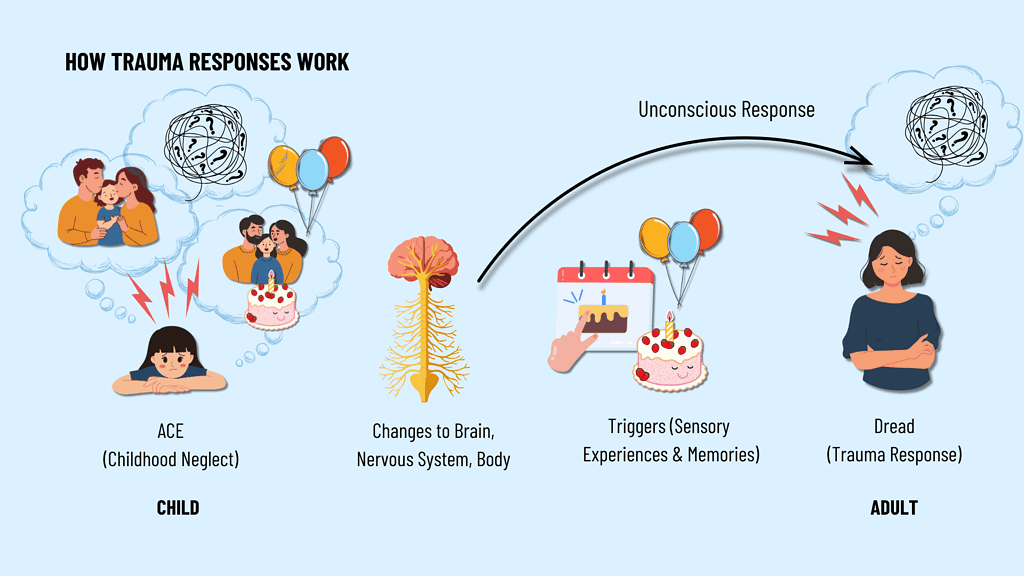
What Are Triggers and Trauma Responses?
A trigger is not just about the situation happening right now. It is a doorway into an older, unresolved wound, a silent alarm system wired into our survival instincts. When something in the present reminds our nervous system of past pain—even without our conscious awareness—the body reacts as if the original hurt is happening again.
Trauma responses are the body’s protective strategies to keep us safe from reliving that old pain. They aren’t flaws or weaknesses; they are deeply intelligent, automatic adaptations that once helped us survive overwhelming experiences. These responses can appear in many forms:
- Fight: anger, irritability
- Flight: anxiety, overworking
- Freeze: dissociation, procrastination
- Fawn: people-pleasing, self-abandonment
Gaya’s sadness around her birthday wasn’t “overreacting.” It was her body remembering an unmet need.
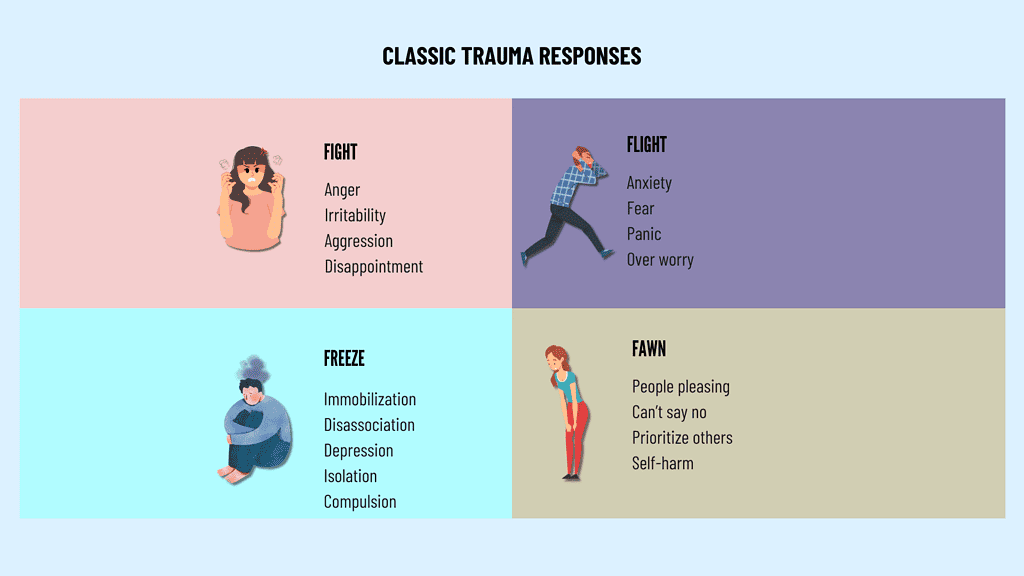
Trauma Echoes Through Generations: The Epigenetics
Trauma doesn’t only live within a single lifetime. Emerging research in epigenetics shows that traumatic experiences can alter gene expression, passing heightened sensitivity, fear responses, and emotional struggles to future generations.
Studies of Holocaust survivors’ children reveal inherited cortisol dysregulation—the body’s stress system forever attuned to survival, even without direct trauma exposure.
We inherit more than eye color. Sometimes, we inherit fear itself.
Even Gaya once shared how her mother, too, struggled with loneliness and emotional disconnection—a pattern echoing down generations until it was finally named, seen, and healed.
Meeting the Unseen Suffering: Three Gentle Ways to Begin Your Healing Journey
If you recognize echoes of yourself in Gaya’s story or these patterns, know this: it’s not a character flaw. It’s not weakness.
It is an intelligent survival response to what once felt unbearable.
Awareness is the first light in a long night.
Before we move deeper into real-world stories of trauma and resilience, here are three small but powerful ways you can begin reconnecting with yourself today:
- Learn and reflect.
Gently learn about trauma, and explore how it might be quietly shaping your emotions, behaviors, and relationships. - Care for your inner child.
Reflect on the aspects of your younger self with kindness — as a wise, loving guide would — offer the safety and understanding once you longed for as a child.
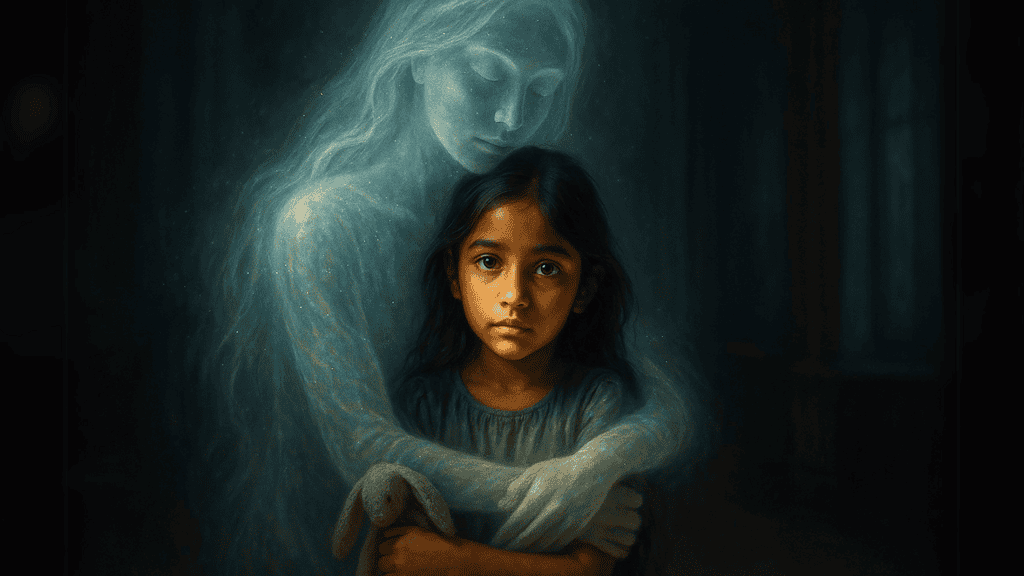
- Reach for connection.
Whether with a soulful friend who listens without judgment, or with a trauma-informed coach, healer, or therapist, remember: healing often begins when we are witnessed with compassion.
- Reach for connection.
In the coming chapters, we will walk further into real-world stories of trauma and resilience. We will not stop at understanding. We will journey toward tools, techniques, and transformations—ways to reprocess, release, and heal.
Your story is still being written.
Be the author of your own journey.
References
[1] Felitti, V. J., et al. (1998). Relationship of Childhood Abuse and Household Dysfunction to Many of the Leading Causes of Death in Adults. American Journal of Preventive Medicine.
[2] Maté, G. (2003). When the Body Says No: Exploring the Stress-Disease Connection.
[3] van der Kolk, B. (2014). The Body Keeps the Score: Brain, Mind, and Body in the Healing of Trauma.
[4] Yehuda, R., et al. (2015). Holocaust Exposure Induced Intergenerational Effects on FKBP5 Methylation. Biological Psychiatry.
[5] Porges, S. W. (2011). The Polyvagal Theory: Neurophysiological Foundations of Emotions, Attachment, Communication, and Self-regulation.

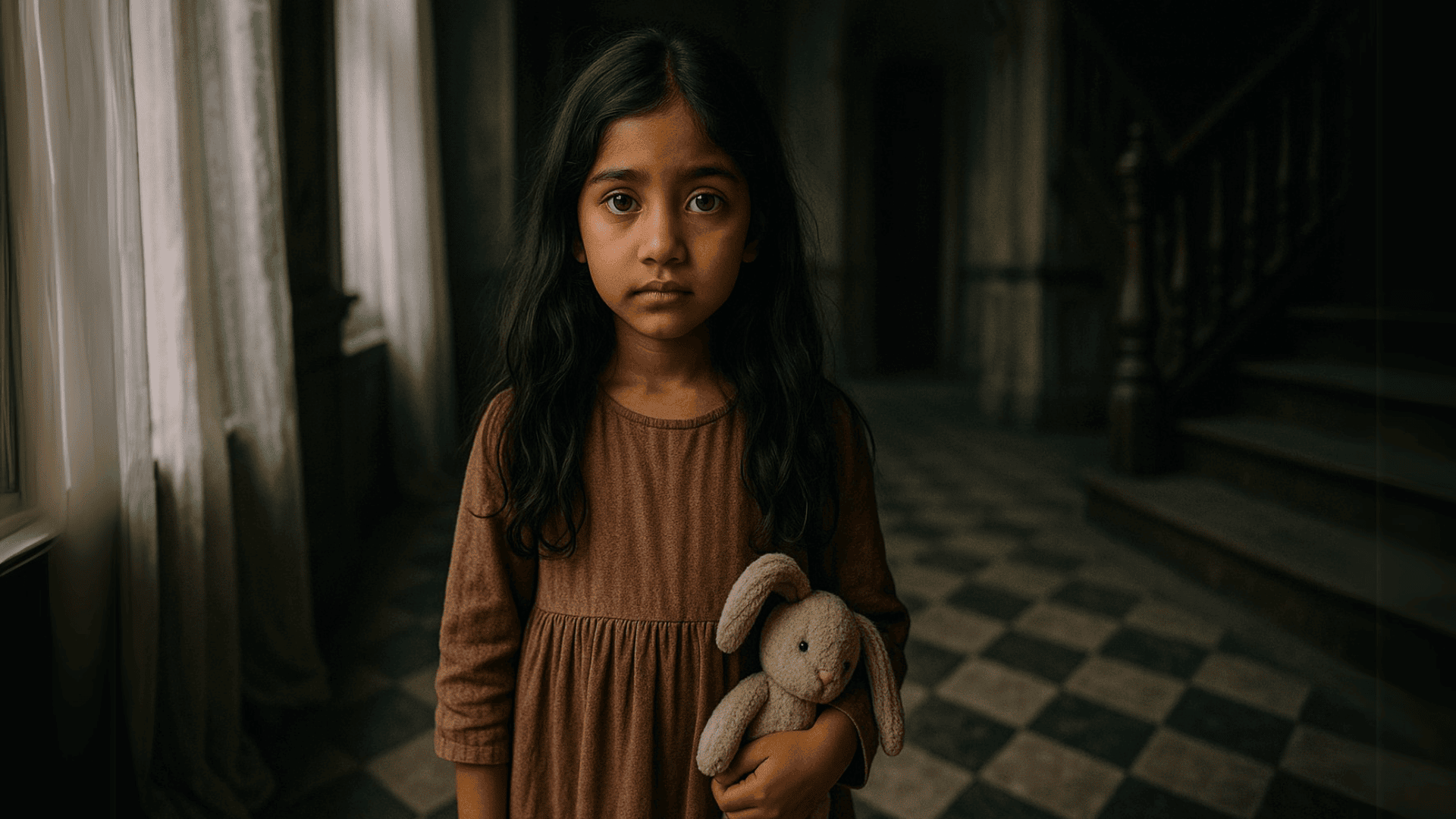


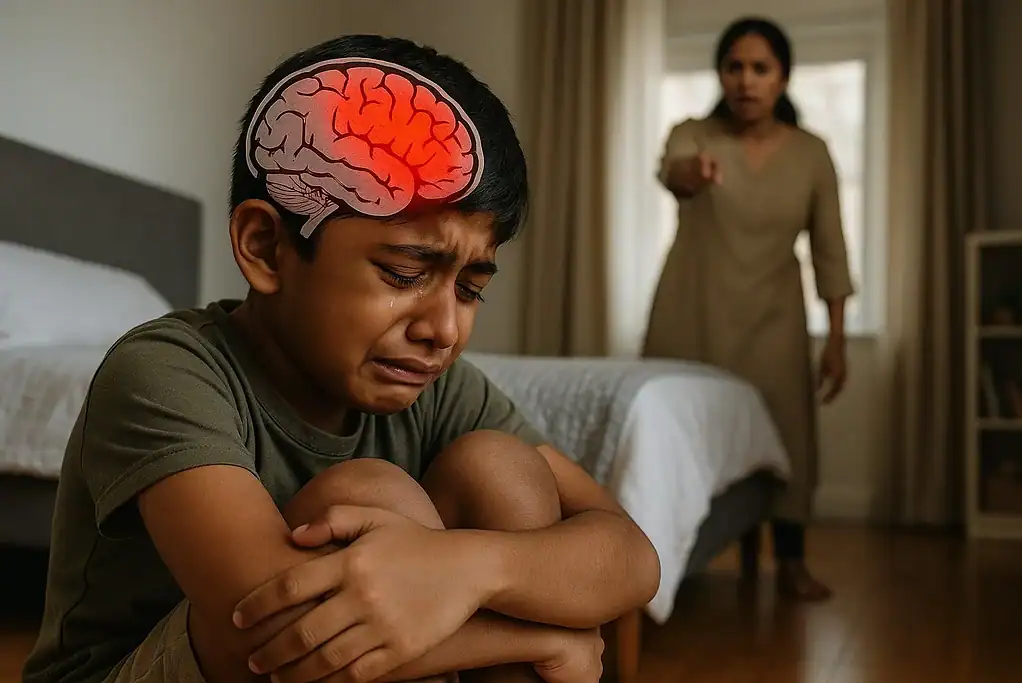

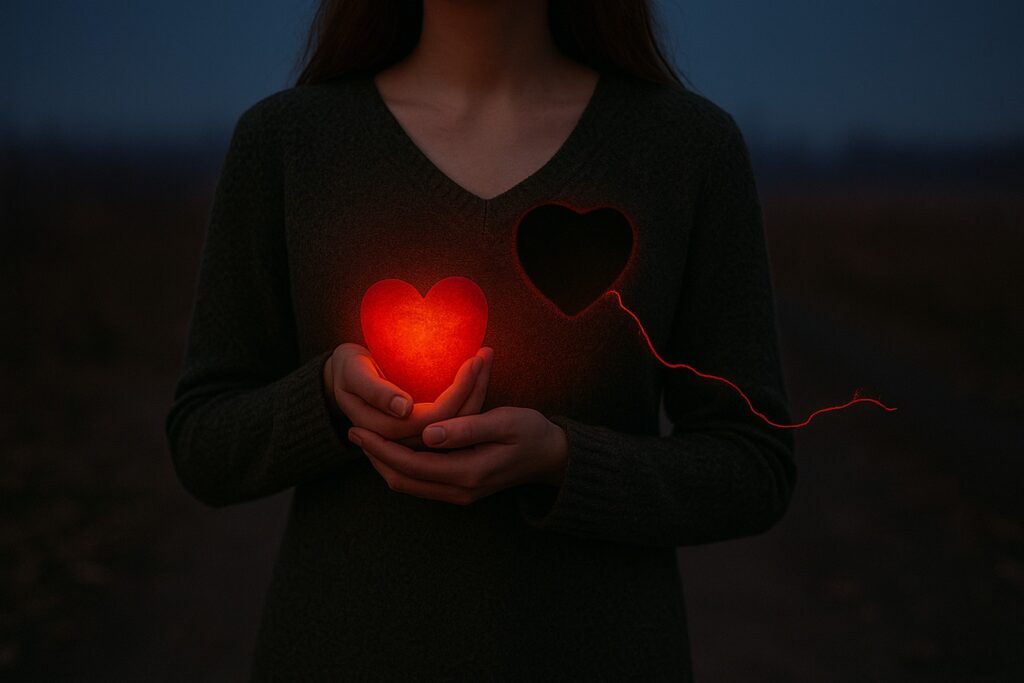

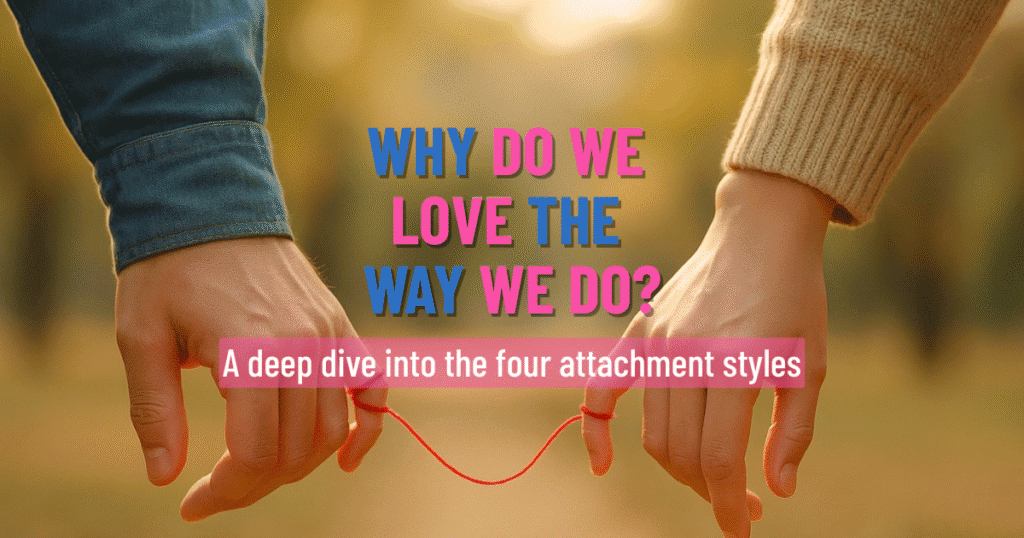
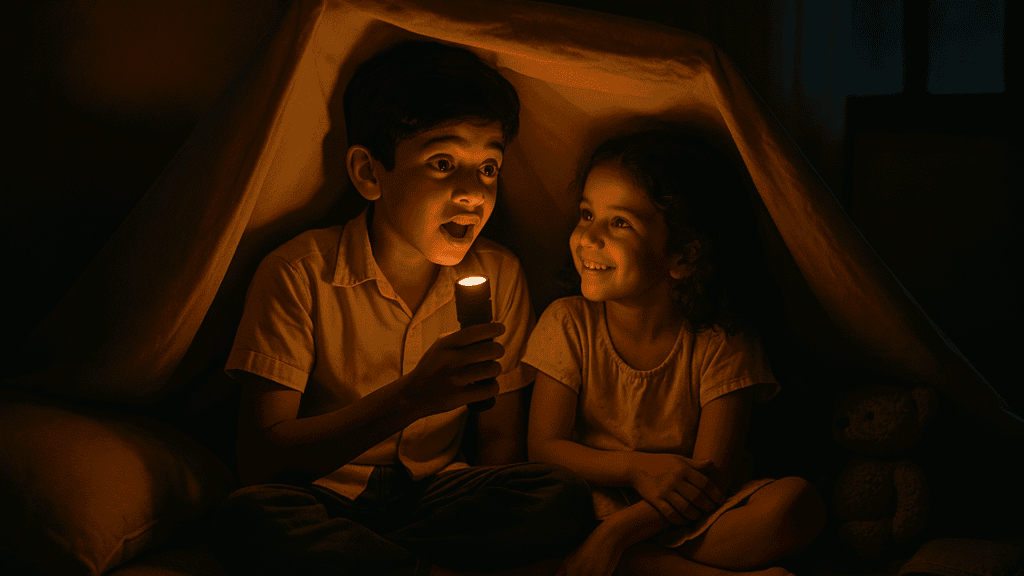


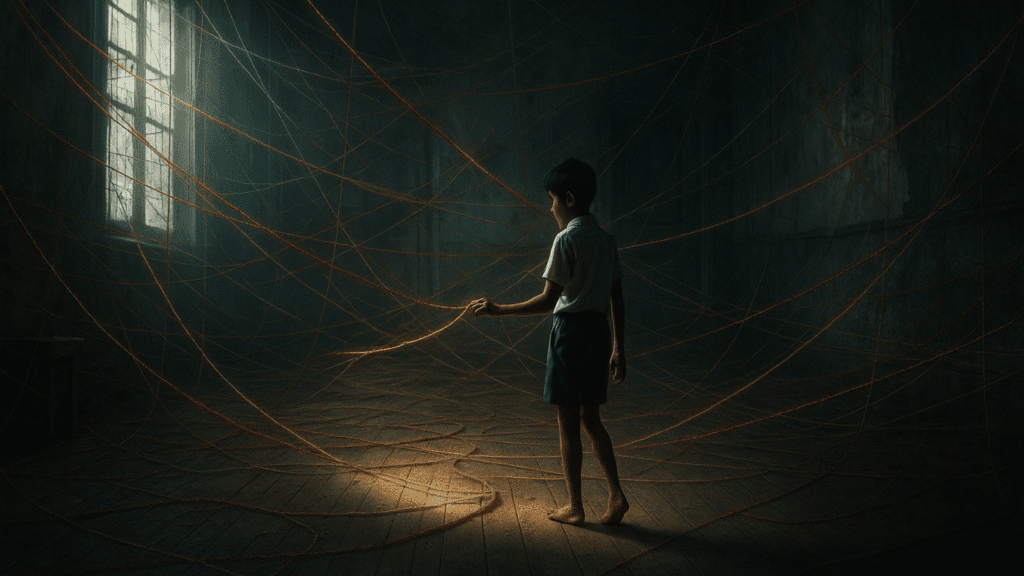
Great post, i totally echo with each word and ACEs are something most of us have gone through in some shape, form and intensity.. thanks for putting it together so well for understanding of a common man.
I am honored to hear that you resonated with this sharing. Indeed, so many of us have been through many adversities growing up, and so many children are going through the same as we speak – it’s heart breaking! My hope is that we start healing ourselves, one step, one hope at a time, and most importantly bring the healing to those children quietly suffering – the ones with no voice nor awareness. Thank you Yachna for your continues encouragement, it inspire me to keep writing. Sending you my best energy – gentle soul!